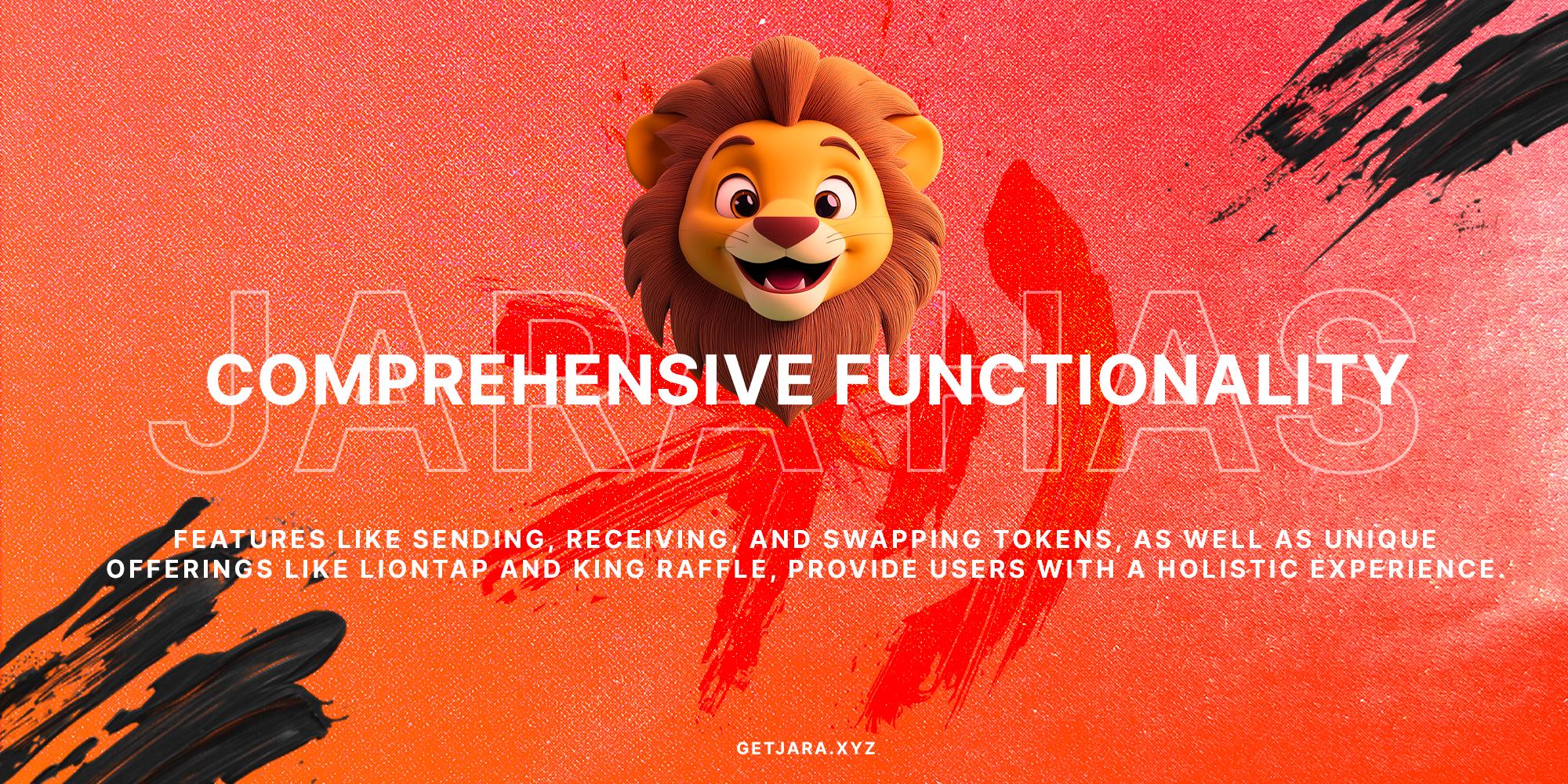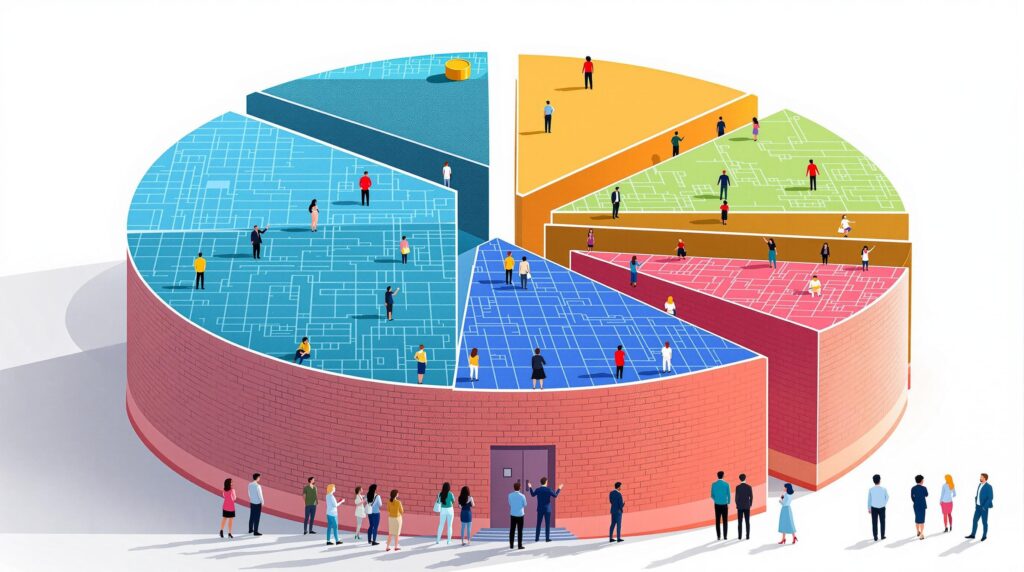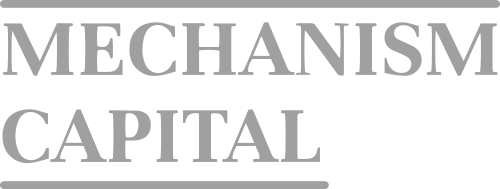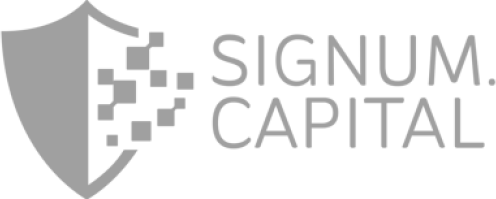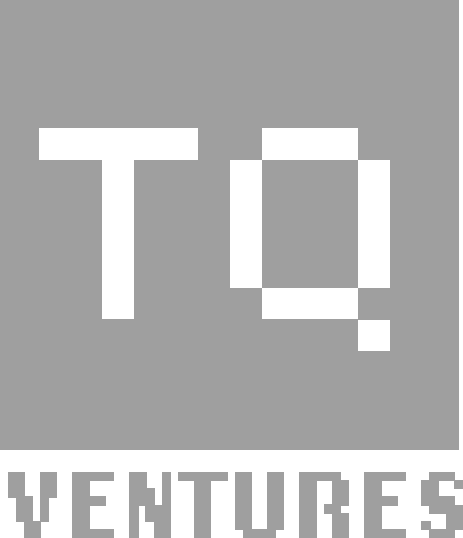Understanding Fractional Ownership Through Tokenization
Have you ever felt that investing in high-value assets like real estate or art is beyond your reach? For many, the dream of owning a fraction of such assets seems like an unattainable goal. However, the rise of fractional ownership through tokenization is turning this dream into reality by revolutionizing the way we invest.
But what exactly is fractional ownership?
Fractional ownership is the division of an asset into smaller, more affordable shares, allowing multiple investors to own a fraction of a high-value asset. This method democratizes investment by making it accessible to a broader audience.
Traditionally, investing in assets like luxury real estate, rare art pieces, or expensive commodities required significant capital. Enter tokenization: the process of converting these high-value assets into digital tokens, each representing a fraction of the asset. This way, even small investors can participate in markets once reserved for the wealthy.
The Role of Blockchain in Tokenization
How does this work on a technological level? The answer lies in blockchain technology, which underpins the process of tokenization. Blockchain offers a secure and transparent way to track ownership of digital tokens, ensuring that every transaction is recorded immutably and can be verified by anyone.
Imagine the blockchain as a public notebook where every single transaction and ownership change is written down for everyone to see. This transparency builds trust among investors, as they can be assured that their slice of the property or piece is safely recorded and cannot be tampered with.
Why is blockchain crucial for tokenization? Blockchain ensures security, transparency, and immutability, making it the ideal platform for managing fractional ownership.
As a result, tokenization not only brings down the cost barriers but also enhances the security and liquidity of traditionally illiquid assets. For instance, using platforms like Jara’s real estate tokenization projects, individuals can engage in property investments with minimal capital while enjoying the security that blockchain provides.
Democratizing Investment with Fractional Ownership
Fractional ownership through tokenization is a game-changer for potential investors in Africa and beyond. By breaking down high-value assets into manageable pieces, this model opens up new avenues for financial inclusion, allowing everyday individuals to participate in the economic growth they previously couldn’t access.
Consider the example of Jara, a platform connecting global capital to African assets. Jara provides an opportunity for investors to partake in tokenized real-world assets (RWAs), from infrastructure projects to valuable commodities. This means that investors can gain exposure to Africa’s burgeoning market without the substantial financial outlay traditionally required.
“Jara – Unlocking the Future to Africa’s Crypto Ecosystem.”
Through fractional ownership, anyone can own a piece of the thriving African market and share in its potential growth. The beauty of this model is that it doesn’t just offer investment opportunities; it democratizes prosperity by making markets accessible to everyone, regardless of their starting capital.
This democratization doesn’t stop at real estate. With tokenization, diverse assets—from art and luxury goods to commodities like gold—become accessible to a global audience. Platforms like Jara exemplify how tokenization bridges the gap between global capital and unique African assets, fostering economic empowerment and financial inclusion.
How does tokenization enhance liquidity? By allowing fractional shares of assets to be easily traded on digital exchanges, thereby facilitating quicker and cheaper transactions than traditional methods.
By leveraging blockchain technology and smart contracts, tokenization not only enhances market liquidity but also lowers transactional costs by cutting out intermediaries. This efficiency is one reason why tokenization is gaining traction across various sectors.
As more industries adopt tokenization, the investment landscape will continue to evolve, making previously exclusive markets available to a wider range of investors. Dive into the world of fractional ownership and tokenization with platforms that offer these opportunities.
Exploring Investment Opportunities in Africa
The tokenization wave is particularly impactful in Africa, a continent poised for rapid digital transformation and economic growth. With Jara at the forefront, investors worldwide are finding new ways to tap into this vibrant market.
One notable initiative is the Lagos airport tokenization project, which represents a marked shift in how infrastructure projects can be funded and owned. By converting bonds into tokens, Jara enables diverse investors to come together and own a share of this significant project.
This initiative highlights the power of tokenization to bridge global capital with transformative African projects. By investing in tokenized assets, both local and international investors can partake in Africa’s digital revolution, potentially reaping rewards as the continent continues to grow.
For more insights into how tokenized assets are shaping the future of finance in Africa, consider exploring detailed explorations of these topics.
By placing focus on projects that align with Africa’s unique economic landscape, Jara exemplifies how tokenization can drive sustainable development and investment across the continent.
“Invest in $JARA: Fuel Africa’s $200B+ Digital Asset Economy and Participate in a Revolutionary Ecosystem.”
With the rising adoption of tokenization in various sectors, particularly in emerging markets like Africa, investment opportunities are becoming not just available but truly revolutionary. African markets, driven by platforms like Jara, are now part of the ever-evolving digital asset ecosystem set to unlock extensive economic capability for both the region and its investors.
Understanding Fractional Ownership in Tokenization
Have you ever dreamed of owning a part of a high-value asset like real estate or fine art without needing large sums of money? Fractional ownership through tokenization is transforming this dream into reality. This innovative model allows investors to purchase shares of an asset, making investments more accessible and affordable.
“Fractional ownership makes previously exclusive assets accessible, democratizing investment opportunities for a broader audience.”
What is Fractional Ownership?
Fractional ownership is a way of dividing the ownership of an asset into smaller parts, allowing multiple investors to each own a ‘fraction’ of the asset. This method is particularly powerful in markets like real estate and luxury goods, where high entry costs often act as barriers to potential investors.
- Key Concept: Fractional ownership lowers the financial threshold for entering high-value asset markets.
- Key Concept: It democratizes asset access, allowing more people to participate in lucrative markets.
The Role of Blockchain in Tokenization
Blockchain technology serves as the backbone for tokenization, providing enhanced security and transparency. It acts as an immutable ledger that records every transaction, reducing the need for intermediaries and cutting costs in the process.
- Key Concept: Blockchain ensures each transaction in fractional ownership is secure and transparent.
- Key Concept: It utilizes smart contracts to automate and enforce legal agreements.
“Blockchain technology provides the transparency and security essential for building trust in fractional ownership investments.”
Benefits of Fractional Ownership
One of the primary advantages of fractional ownership is its affordability and flexibility. By investing in property or art fractions, individuals can partake in markets traditionally reserved for the wealthy. Here’s why it’s beneficial:
| Advantages | Explanation |
|---|---|
| Increased Liquidity | Tokens can be easily bought or sold, offering investors more flexibility than traditional ownership. |
| Portfolio Diversification | Invest in multiple assets to spread risk and potentially increase returns. |
| Lower Entry Barriers | Allows participation in high-value markets without substantial initial capital. |
Exploring Legal Aspects of Asset Tokenization
While fractional ownership offers numerous benefits, it also presents unique legal challenges. Understanding the legal framework surrounding tokenized assets is essential for navigating this innovative investment landscape.
- Key Concept: Determining the legal classification of tokens (securities, commodities, etc.) is crucial.
- Key Concept: Compliance with local and international regulations is non-negotiable.
“Navigating the legal landscape is critical for any successful tokenization project.”
Ensuring Legal Compliance
Compliance in tokenization involves adhering to various regulatory frameworks. This includes recognizing how tokens are classified legally and ensuring all transactions meet legal requirements. Here’s a guide to best practices:
- Conduct Due Diligence: Investigate the regulatory environment in relevant jurisdictions.
- Implement Robust Documentation: Ensure all tokenization processes are well-documented.
- Consult Legal Experts: Seek advice from legal professionals experienced in blockchain and asset tokenization.
Navigating Securities Regulation
Understanding how tokenized securities fit into existing securities regulations is complex but essential. Investors must be aware of laws governing their assets to avoid potential pitfalls:
- Key Concept: Identify whether your digital asset is considered a security.
- Key Concept: Tailor compliance strategies to fit specific asset classifications.
Best Practices for Legal Compliance in Tokenization
For successful tokenization projects, complying with legal standards is vital. Implement these best practices:
- Due Diligence: Know the regulatory landscape of different regions.
- Transparent Reporting: Maintain transparency in operations and transactions.
- Secure Platforms: Use blockchain technology to ensure security and compliance.
Exploring Practical Applications and Future Trends
Fractional ownership through tokenization is set to revolutionize various industries. Its application in sectors like real estate, art, and commodities is already gaining momentum.
- Key Concept: Real estate tokenization is paving the way for greater market participation.
- Key Concept: Art tokenization allows more investors to access high-value art pieces.
As technology evolves, tokenization is expected to drive further innovation and inclusivity in the investment landscape, ultimately enhancing market participation and economic empowerment.
“Tokenization is not just transforming industries; it’s reshaping how we perceive ownership and investment opportunities.”
Understanding these technologies and their legal implications is crucial for harnessing the potential of fractional ownership and tokenization in a rapidly changing market environment.
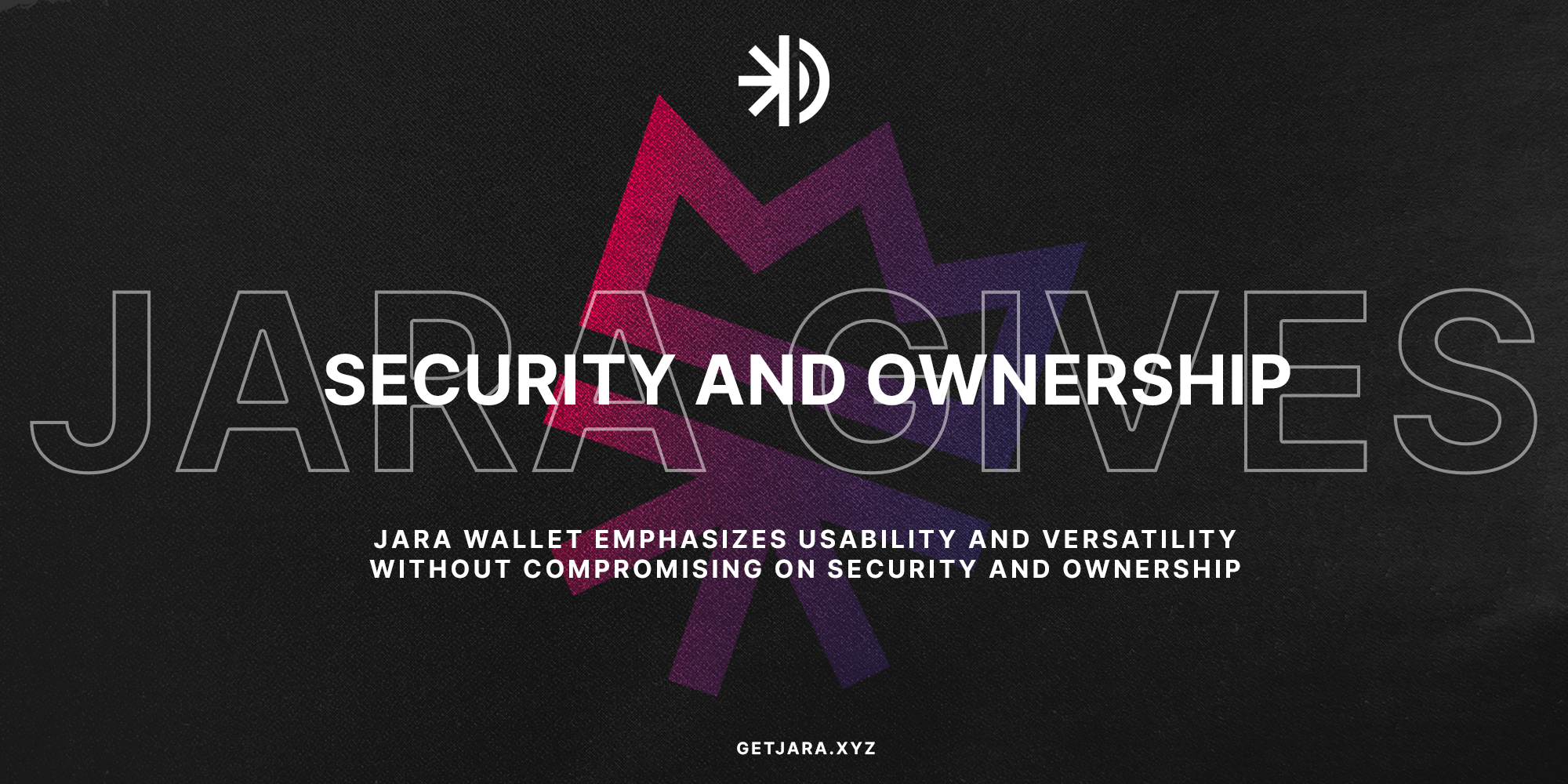
Understanding Asset Tokenization and Fractional Ownership
Have you ever imagined owning a piece of a high-value asset like a Picasso painting or a luxurious beachfront property? Tokenization and fractional ownership are making this a reality. By leveraging blockchain technology, these methods are revolutionizing the investment landscape, enabling investors to own fractions of assets that were once out of reach.
“Fractional ownership is transforming the investment world, by democratizing access to high-value assets.”
What is Fractional Ownership?
Fractional ownership is a strategy that allows multiple investors to own a piece of an asset. By breaking down assets into digital tokens, individuals can buy and sell ownership shares or fractions of an asset. Imagine holding a slice of a luxury apartment or sharing ownership of a classic car without the need to buy it entirely. That’s the power of fractional ownership.
The Role of Blockchain in Tokenization
Blockchain technology serves as the backbone for tokenization, offering a decentralized digital ledger that records transactions securely and transparently. This technology provides several key benefits:
- Security: Blockchain ensures that each transaction is secure, reducing the risk of fraud.
- Transparency: It provides a clear, immutable record of transactions, building trust among investors.
- Efficiency: Smart contracts automate and streamline the process, reducing the need for intermediaries.
Democratizing Investment with Fractional Ownership
Techniques like tokenization are democratically transforming the way we access investments. High-value markets, traditionally reserved for institutions, are being opened to everyday investors. This change is particularly impactful in regions like Africa, where platforms like Jara are facilitating ownership of major assets, driving financial inclusion.
“Jara – Bridging Global Capital to African Assets” denotes a pivotal step toward democratized finance.
Legal Aspects of Asset Tokenization
Legal compliance is vital when dealing with tokenization and fractional ownership. Understanding the legal framework and challenges associated with these innovative concepts is crucial for both investors and businesses.
Legal Framework for Tokenized Assets
The legal classification of tokens can vary greatly by jurisdiction. Are tokens considered securities, commodities, or a new category altogether? This classification influences compliance with international and local regulations.
“Regulatory compliance isn’t an option—it’s a necessity for any successful tokenization project.” – Blockchain Legal Insights
Ensuring Compliance in Tokenization
To successfully navigate the legal landscape, firms must ensure their token offerings comply with current regulations. This includes understanding securities laws, intellectual property rights, and international standards.
Several companies have successfully traversed these complexities, paving the way for more consistent adoption of tokenization in various sectors.
Tokenization in Different Asset Classes
Tokenization extends beyond just digital assets. It can be applied to tangible real-world assets like real estate and art, allowing these traditionally illiquid assets to be bought and sold in fractions.
Key Industries Benefiting from Tokenization
Several industries are prime candidates for tokenization:
- Real Estate: Tokenization makes property investment more accessible and enhances liquidity.
- Art and Collectibles: By tokenizing these, investors can purchase fractions of high-value art.
- Commodities: Securely own and trade fractions of commodities like gold and silver.
“Real estate tokenization is opening high-return investments to a broader range of people.” – BlockMosaic
Applications and Platforms in Asset Tokenization
Platforms like Jara and BlockMosaic are spearheading efforts to make tokenization accessible, providing a seamless and efficient infrastructure for tokenize assets across various industries.
With the aid of blockchain and smart contracts, these platforms are ensuring a new level of transparency and security in asset transactions, making diverse markets more inclusive.
Challenges and Opportunities
While tokenization offers numerous advantages, it also poses challenges that need to be addressed to ensure successful implementation.
Legal Challenges in Asset Tokenization
One of the greatest hurdles is understanding and complying with the legal framework surrounding digital assets. The classification of tokens and compliance with securities laws are crucial aspects that need careful consideration to avoid legal pitfalls.
“Identifying the regulatory framework applicable to your digital asset is the first step towards a compliant token launch.” – Crypto Law Bulletin
Addressing Intellectual Property Concerns
Another critical issue is the clear definition of intellectual property rights when tokenizing real-world assets. How are trademarks, patents, or copyrights handled in a decentralized marketplace?
Despite these challenges, many companies have successfully paved the way for the intersection of technological innovation and compliance, showcasing markets transformed by tokenization.
Best Practices for Legal Compliance in Tokenization
To ensure your tokenization projects comply with legal standards, adhere to these best practices:
- Understand local and international securities laws.
- Ensure intellectual property rights are clearly defined.
- Stay updated with the evolving regulatory environment.
Case Studies: Legal Success in Tokenization
Tapping into technological advances and current trends, these case studies highlight successful navigation through the legalities of tokenization:
Organizations are bridging legal and technological innovation, setting standards for successful tokenization projects, ultimately transforming how we perceive asset ownership and investment.
Preparing for the Future of Asset Tokenization
Understanding fractional ownership through tokenization is crucial for anyone looking to diversify their investments. By making traditionally exclusive markets accessible, this innovative method is not only democratizing investment opportunities but also paving the way for a more inclusive economic landscape.
“Your Voice, Our Mission” – we champion your rights with the tenacity and dedication that has earned us the trust of our community members.
Explore the possibilities with platforms like Jara and align with this revolutionary approach to transform your investment strategies.
This content maintains a focus on clarity, readability, and SEO optimization by addressing key legal aspects, benefits, and practical applications of fractional ownership and tokenization while keeping the reader engaged with conversational tone and relevant callouts.
Understanding Fractional Ownership Through Tokenization
“Have you ever dreamed of investing in something substantial like real estate or art but felt it was out of reach? Fractional ownership through tokenization is turning this dream into reality, revolutionizing the investment landscape.”
Fractional ownership is an innovative model allowing investors to purchase portions of an asset without having to buy it outright. This method divides the ownership of an asset into smaller, manageable shares, providing multiple investors the opportunity to own a ‘fraction’ of the asset.
The Role of Blockchain in Tokenization
Blockchain technology is at the heart of tokenization, offering unparalleled security and transparency. Operating as an immutable digital ledger, blockchain ensures every transaction is recorded and verified without the need for intermediaries, reducing costs and enhancing trust among investors.
“Smart contracts automate transactions and ensure compliance with legal agreements, making the process seamless and reliable.”
Democratizing Investment with Fractional Ownership
By breaking assets into digital tokens, fractional ownership empowers individuals to participate in markets traditionally considered exclusive. No longer do you need a large capital outlay to invest in a luxury apartment or a Picasso painting — fractional ownership makes this possible.
Exploring Investment Opportunities in Africa
The investment landscape in Africa is transforming thanks to platforms like Jara, which bridge global capital to African assets. These platforms open avenues for investors to engage in projects like the $6 billion Lagos airport tokenization.
“Jara – Bridging Global Capital to African Assets signifies a transformative step in democratizing finance in Africa.”
Exploring the Legal Aspects of Asset Tokenization
Understanding Asset Tokenization
Asset tokenization converts physical assets into digital tokens, enabling fractional ownership and increasing market accessibility. But what legal aspects should investors and businesses be aware of in this dynamic field?
“Tokenization operates within a legal gray area in many jurisdictions, making regulatory compliance a cornerstone of successful projects.”
Legal Challenges and Best Practices
- Classification of Tokens: Determining whether tokens are securities or commodities is vital to prevent legal pitfalls.
- Intellectual Property Concerns: Clearly define trademarks, patents, or copyrights when tokenizing real-world assets.
- Best Practice for Compliance: Adhere strictly to local and international regulations to ensure smooth operations.
“Successful case studies show how compliance can pave the way for successful tokenization projects.”
Understanding Blockchain and Smart Contracts
Blockchain enhances security and efficiency for digital asset transactions. It serves as a decentralized ledger that records all transactions transparently and securely, bridging trust gaps.
The Importance of Smart Contracts
Smart contracts are self-executing contracts with agreement terms directly written into code, providing automation and enhancing efficiency without intermediaries.
“By leveraging blockchain’s inherent security, smart contracts make tokenized transactions some of the safest in the financial realm.”
Tokenization Across Industries
Tokenization extends beyond real estate and art into sectors like commodities, allowing broader participation in high-value markets. Here’s how different sectors are adopting this transformative technology:
| Industry | Benefit |
|---|---|
| Real Estate | Lower entry barriers, enhanced liquidity |
| Art | Accessibility to high-value pieces without full purchase |
| Commodities | Investment in gold, silver without substantial capital |
“Tokenization signifies a new era in investment, expanding opportunities for a wider audience.”
As blockchain technology continues to advance, the potential for tokenized asset investment is immense. This shift toward inclusivity and innovation paves the way for a transformed investment landscape.
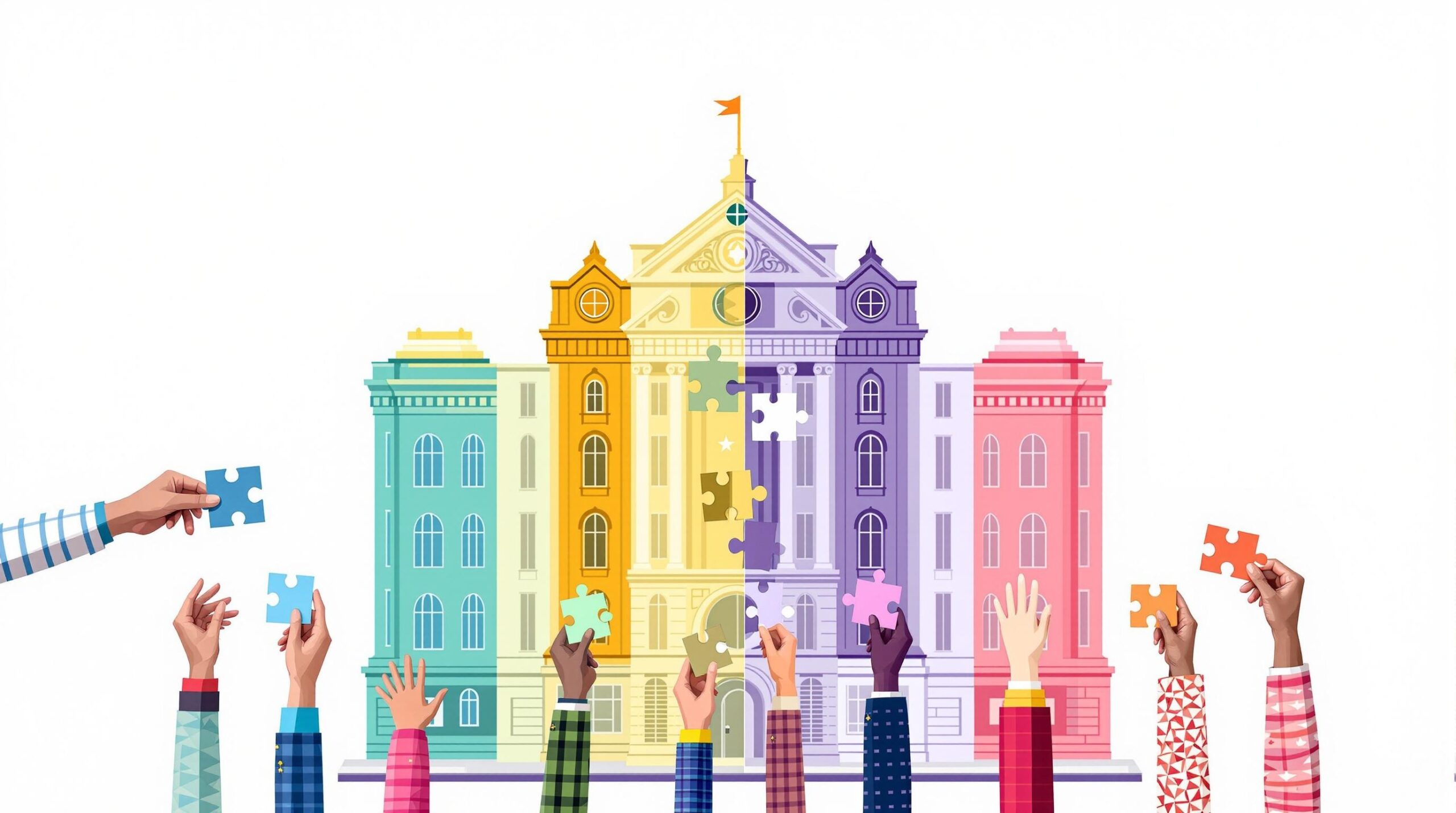
How does tokenization enable fractional ownership?
Tokenization enables fractional ownership by splitting high-value assets into smaller, tradable units called tokens. Each token represents a portion of the asset, allowing investors to buy and sell smaller stakes in properties, art, or other valuable items.
What are the benefits of fractional ownership through tokenization?
Fractional ownership through tokenization offers multiple benefits:
- Increased Accessibility: Investors with limited capital can access high-value markets.
- Enhanced Liquidity: Tokens can be easily traded on blockchain platforms.
- Cost Efficiency: Reduced transaction and management costs compared to traditional methods.
How is tokenization impacting real estate investment?
Tokenization is revolutionizing real estate investment by making it more accessible and liquid. Investors can purchase smaller shares of properties and trade them readily, which reduces entry barriers and improves the investment landscape.
What are the challenges of fractional ownership through tokenization?
Challenges include regulatory compliance, tech infrastructure maintenance, and market acceptance. Navigating legal frameworks and ensuring blockchain security are crucial for widespread adoption.
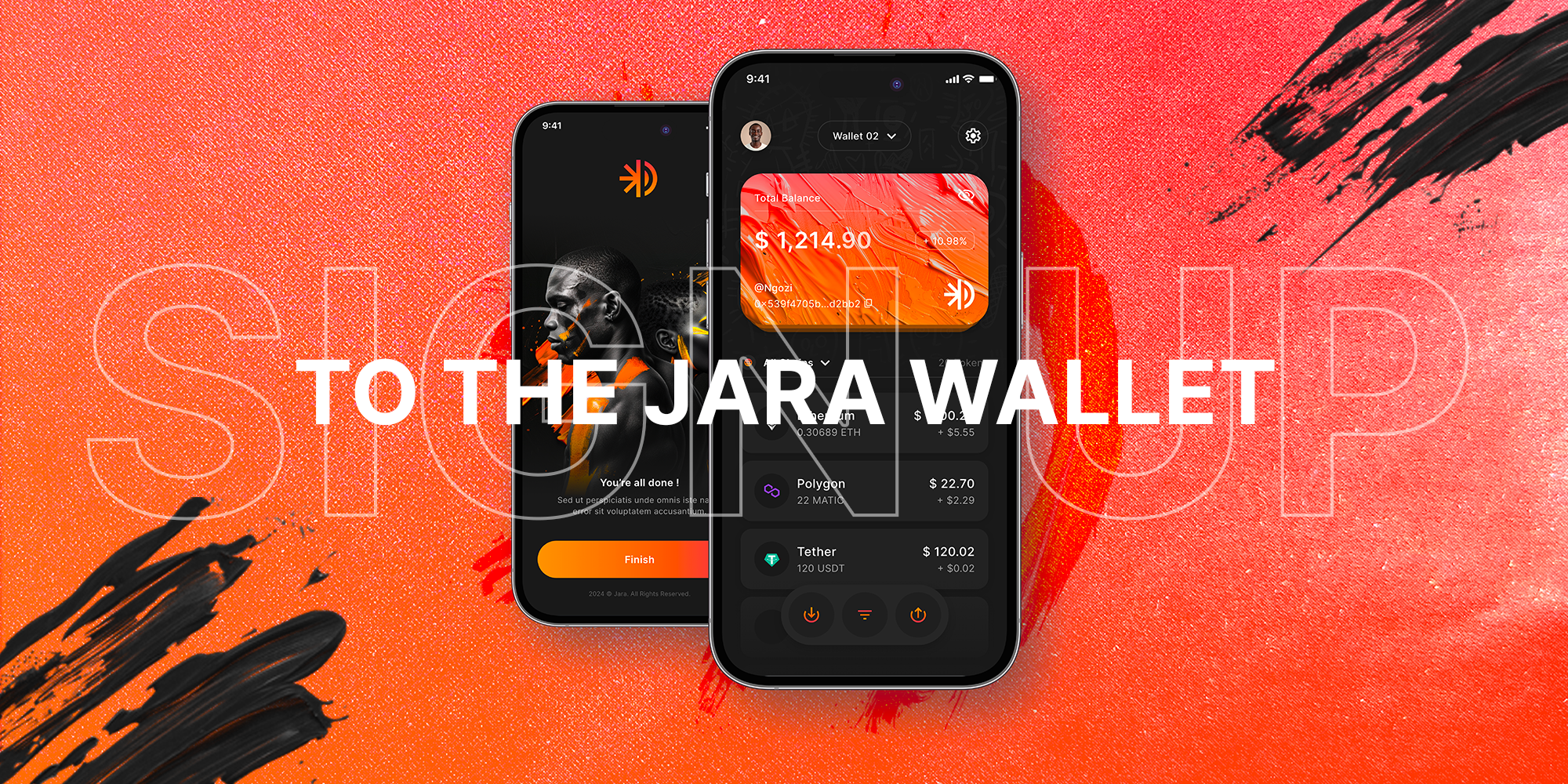
Related Articles
If you’re interested in learning more about similar topics, explore the following related articles:
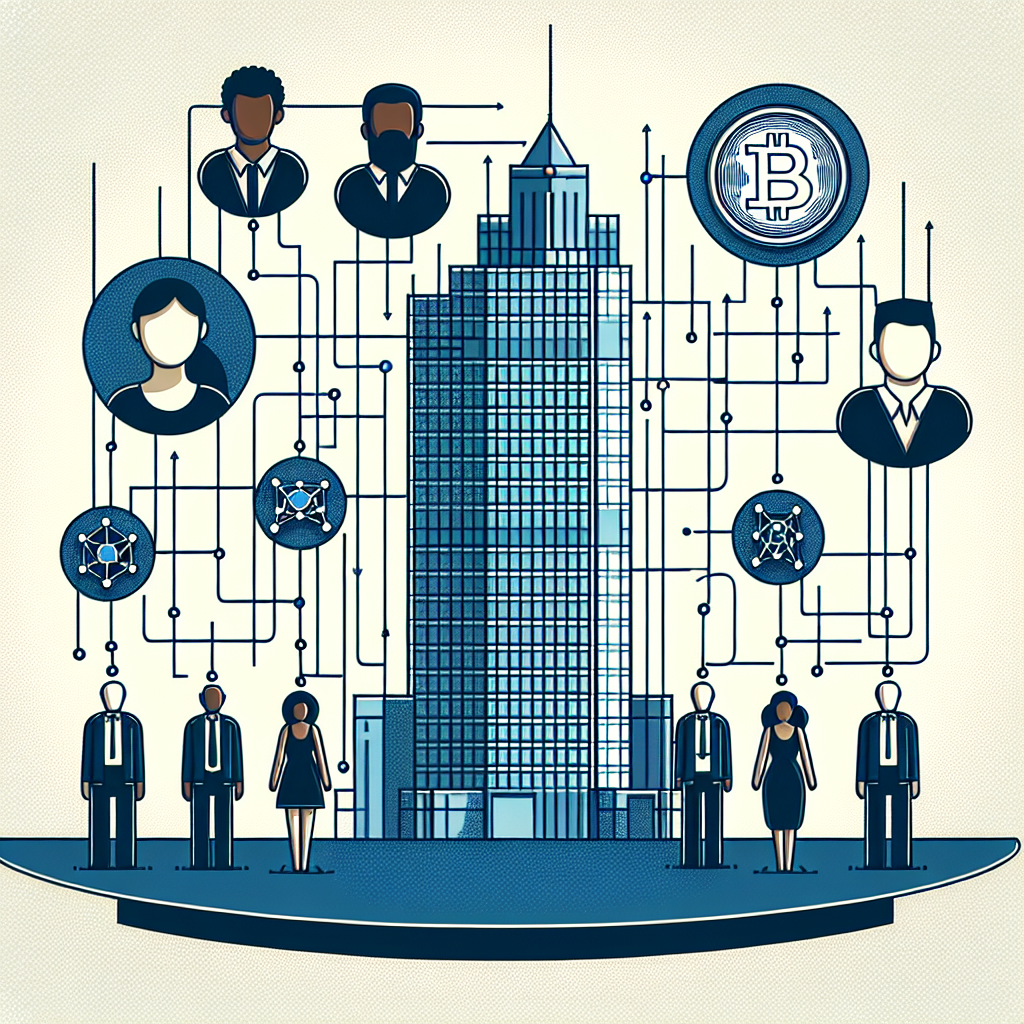
Embrace a New Era of Investment with Jara
Are you ready to redefine your investment journey and unlock the power of tokenization? At Jara, we make fractional ownership of real-world assets accessible to all. Why wait? Join our vibrant community and take the first step towards financial empowerment.
Stay connected with us to get the latest updates, insights, and opportunities:
- Follow us on Social Media: Get inspired and informed by joining our community on your favorite platforms.
Understanding Personal Injury Law
- What is Personal Injury Law? An overview of the legal domain that deals with claims from injuries caused by another’s negligence.
- Examples of Personal Injury Cases: Car accidents, slip and fall incidents, medical malpractice, etc.
Steps to Take After an Accident
- Immediate Medical Attention: Visit a doctor even if injuries seem minor.
- Document Everything: Photographs, police reports, and witness contacts are crucial.
- Consult with a Personal Injury Lawyer: When to seek legal guidance and why it matters.
The Personal Injury Claim Process
- Filing the Claim: Essential steps in initiating a personal injury claim.
- Negotiating with Insurance: Tips on dealing with insurance companies.
- Pursuing Litigation: When settlement isn’t possible, court proceedings may be required.
How a Personal Injury Lawyer Can Help
- Legal Expertise: Understanding your rights and building your case.
- Maximizing Compensation: Methods for ensuring you receive fair compensation.
- Handling Complex Paperwork: Why professional assistance can simplify the process.
Common Challenges in Personal Injury Cases
- Dealing with Insurance Companies: Tactics insurers use to minimize payouts.
- Proving Liability: Challenges of demonstrating negligence or fault.
- Calculating Damages: Importance of thorough damage assessment for lost wages, medical bills, etc.
FAQs About Personal Injury Claims
- How Long Does a Personal Injury Claim Take? Factors that influence claim duration.
- What Determines My Settlement Amount? Understanding the criteria used for settlements.
- Can I Afford a Lawyer? Explanation of contingency fees and the no-win, no-fee arrangement.
“Your Voice, Our Mission” – we champion your rights with tenacity and dedication that has earned us the trust of our community members.
